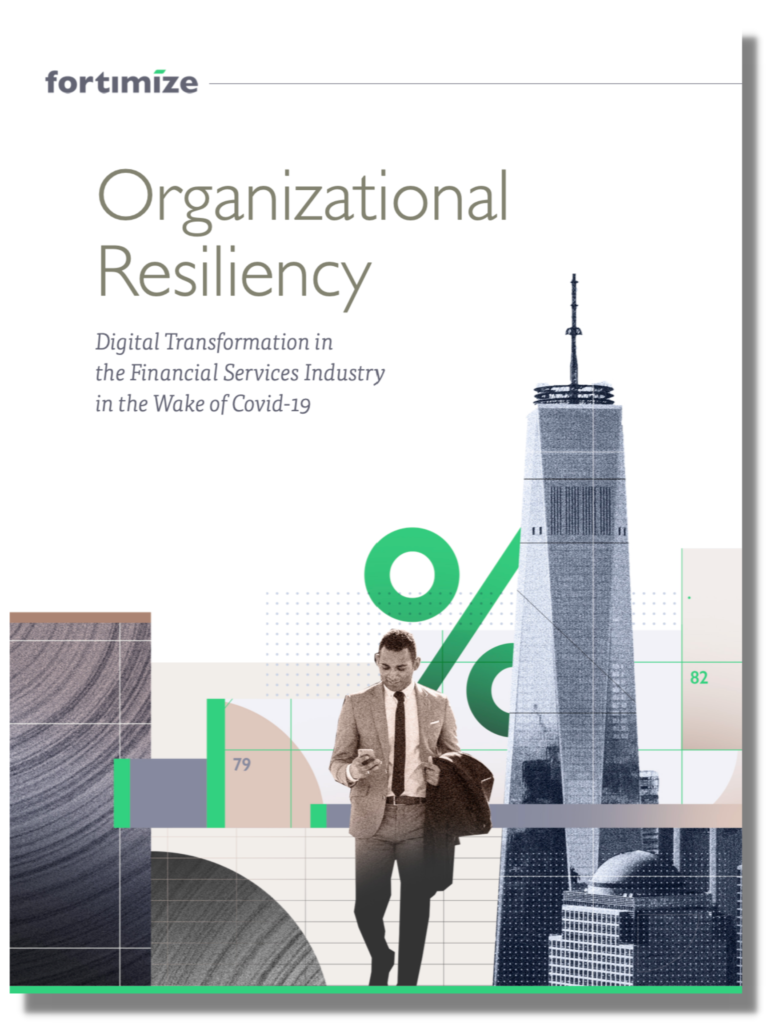Now that recovery from the 2008 financial crisis is well underway, property prices and mortgage rates are on the rise once again. According to the Federal Reserve, mortgage debt totaled more than $14.4 trillion by the first quarter of 2017, and that number has steadily climbed over the past few years.
Since the property bubble burst a decade ago, the mortgage lending industry has seen some significant changes in response to an economy in recovery. Rock-bottom consumer confidence and increased regulation certainly made it difficult for lenders to recoup their losses and help buyers restore their faith in property purchases.
As the climate improves, mortgage lenders are finding themselves facing a changing clientele. Despite the increased mortgage debt reported by the Federal Reserve, fewer people are purchasing property. Rising prices and rates, coupled with the student debt crisis among millennial buyers, means that there are simply fewer people seeking out financing.
Instead of working with a smaller group of highly-qualified and highly-motivated buyers, the mortgage industry is now working with a much larger pool of people who may not as feel ready to “pull the trigger” to secure financing as someone in a more comfortable financial position. Potentially, there are tens or even hundreds of thousands of homebuyers to contact, leads which were once considered too risky or too unlikely to purchase to be worth a salesperson’s time.
How did that pool open up? To help offset this dip in borrowers, two major changes were made to the mortgage application process which increased the number of candidates.
Change #1: Financiers are approving more borrowers
Financing giants Fannie Mae and Freddie Mac are beginning to approve borrowers who have higher levels of debt, including millennials with student loans, so they can qualify for a home loan. Fannie Mae and Freddie Mac can do so by raising the “debt-to-income” ratio limit to 50 percent for borrowers (from the previous 45 percent), which expands eligibility to tens of thousands of new people. Even though the move comes amid a shrinking mortgage market, loosening these requirements signals that mortgage lenders are more comfortable with the level of risk present in the current market.
Change #2: Credit agencies are changing their policies
The nation’s three major credit rating agencies – Equifax, Experian and TransUnion – are preparing to drop tax liens and civil judgments from consumer profiles due to lack of complete information. Since 7 percent of the 220 million Americans with a credit profile are impacted by a lien or judgment, there could be an influx of people with boosted credit scores – some of whom would likely want to consider financing a property purchase because a higher credit score will secure more favorable terms.
Fortimize’s Guide to the Changing Mortgage Industry
There are certainly many conversations to be had regarding these changes and how they impact the entire mortgage lending industry, which is why we here at Fortimize are launching a blog series which covers these issues in depth from multiple angles.
This mortgage lending series will address how these changes in the industry impact every step of the mortgage lending process, from attracting new borrowers (across all generations), to properly utilizing a CRM to identify, track and market to the target audience. As thoroughly-versed experts in the finance and real estate industry, we understand how this newly-opened market will challenge your current structure and system. It’s an interesting time for mortgage lenders, and our team is here to support you every step of the way.

